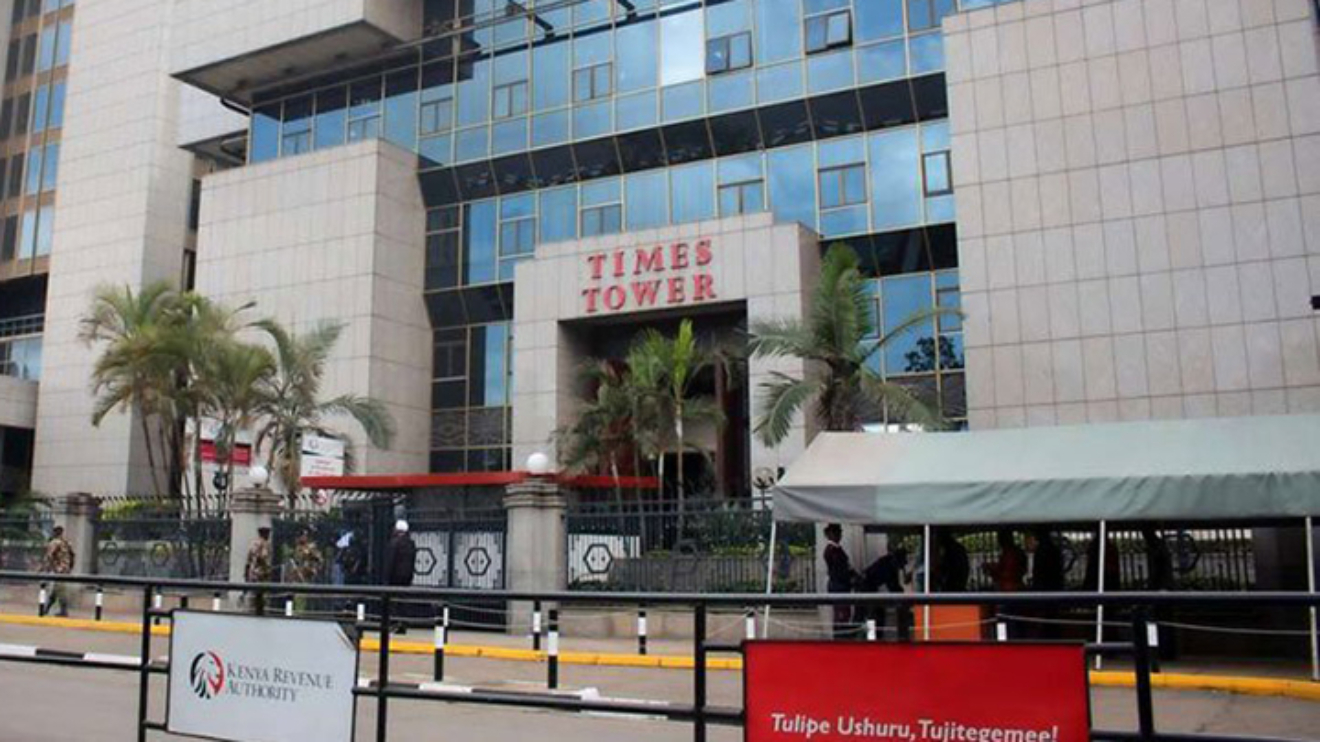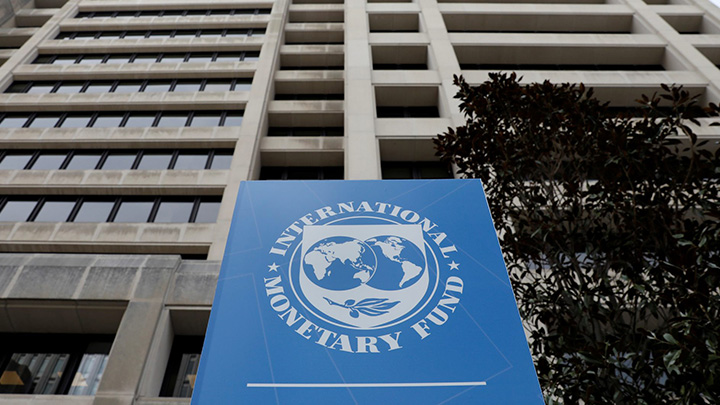The Kenya Revenue Authority (KRA) has crossed a historic threshold, announcing it has collected Sh3.113 trillion by April 30, 2025 — marking the first time the taxman has surpassed the Sh2 trillion mark.
This figure reflects a performance rate of 96.5 per cent against its set target of Sh2.189 trillion and represents a 6.1 per cent increase compared to the Sh1.990 trillion collected over the same period in the previous financial year, 2023/2024.
The KRA reported that domestic taxes between July and April of the 2024/2025 fiscal year brought in Sh1.386 trillion, achieving a 4.7 per cent increase over the Sh1.323 trillion realised during the equivalent months of 2023/2024.
Customs revenue followed suit with robust growth, registering Sh722.743 billion — a 9.1 per cent rise from the Sh663.447 billion collected in the same window the previous year.
Agency revenue, which the KRA collects on behalf of other government entities, hit Sh205.518 billion, surpassing its target of Sh183.789 billion with a performance rate of 111.8 per cent.
Read More
This marks an impressive 37.1 per cent jump from the Sh149.876 billion recorded in the previous financial year.
Meanwhile, exchequer revenue, collected on behalf of the National Treasury, stood at Sh1.906 trillion, representing a 3.6 per cent growth over Sh1.840 trillion collected last year, though slightly under the set target with a performance rate of 95.0 per cent.
Despite the upward trend, the KRA acknowledged several economic challenges that tempered revenue growth.
“The various indicators that influence revenue performance have generally moved contrary to expectations, affecting revenue mobilization,” the authority said.
Specifically, gross domestic product (GDP) grew at a slower pace of 4.0 per cent in the third quarter of 2024, down from 6.0 per cent in the same quarter of 2023.
Additionally, the Purchasing Managers Index (PMI) averaged 49.8 between July 2024 and April 2025, signalling a cooling of private sector activities.
This reduced momentum was mirrored in a 1.6 per cent dip in import values, a critical signal of domestic demand for both raw materials and consumer goods.
The KRA also observed that, “In spite of the Central Bank of Kenya (CBK) lowering its base lending rate to 10.75 per cent, commercial bank lending rates remained high, averaging 17.22 per cent, as a number of banks had yet to adjust their rates. This disparity negatively impacted private sector borrowing and investment. However, there are strong indications that most banks are working towards ensuring compliance.”
While the Kenyan shilling strengthened during the period, the value of imports — particularly oil — fell by 10.2 per cent.
At the same time, export earnings shrank by 3.6 per cent, mainly due to declines in major sectors such as tea (down 18.6 per cent) and horticulture (down 6.2 per cent).
However, the KRA expressed cautious optimism, noting, “The adverse effects from most of these indicators is beginning to dissipate as most of them start to experience a turnaround in the recent past.”
This landmark collection milestone reflects both the resilience of Kenya’s tax system and the complex interplay of domestic and global economic pressures shaping the country’s fiscal landscape.







-1757663582.jpeg)
